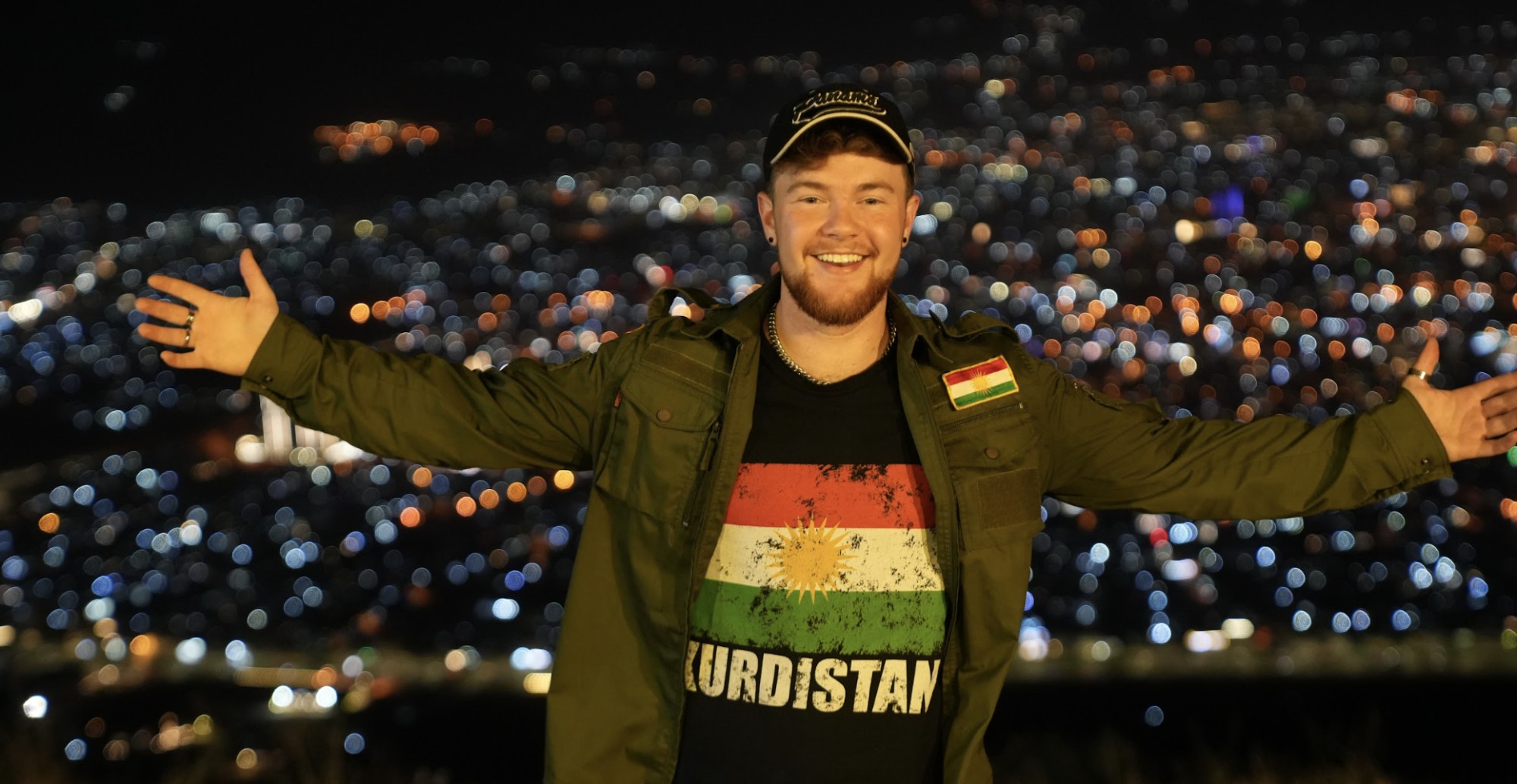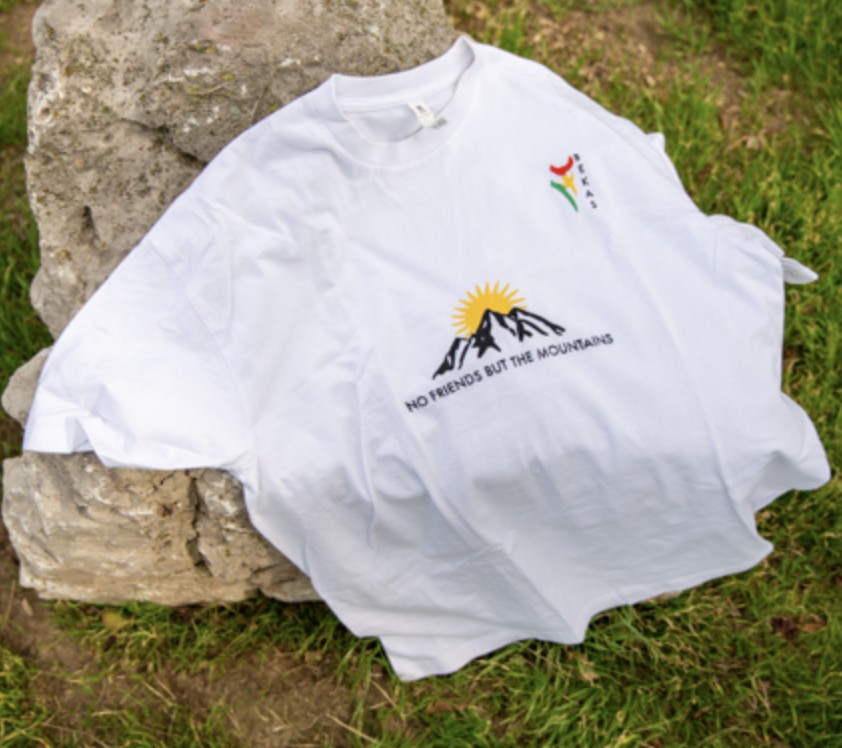Aziz Salim (1917-2003)
In researching Aziz Salim I feel I have unearthed the life of an extraordinary artist. His narrative brims with vivid transformations, each chapter defined by a new city or country, representing a life in constant flux and perpetual motion.
Aziz Salim’s saga spans the early 20th century to the early 21st, marked by extensive voyages across Europe and the former Soviet Union. Among Kurdish artists, he stands as a unique figure, having crossed paths with the legendary Spanish painter Pablo Picasso in France. Notably, his artwork was displayed on the walls of General Charles de Gaulle’s dining room within the headquarters of the Free French Army – an unparalleled feat.
Following his mid-20th century exhibitions in European galleries, Aziz Salim claimed that some of his artwork was archived in prestigious institutions like the Louvre in Paris, Amsterdam Museum, and the Academy of Visual Arts in Frankfurt. However, the confirmation of this remains pending.
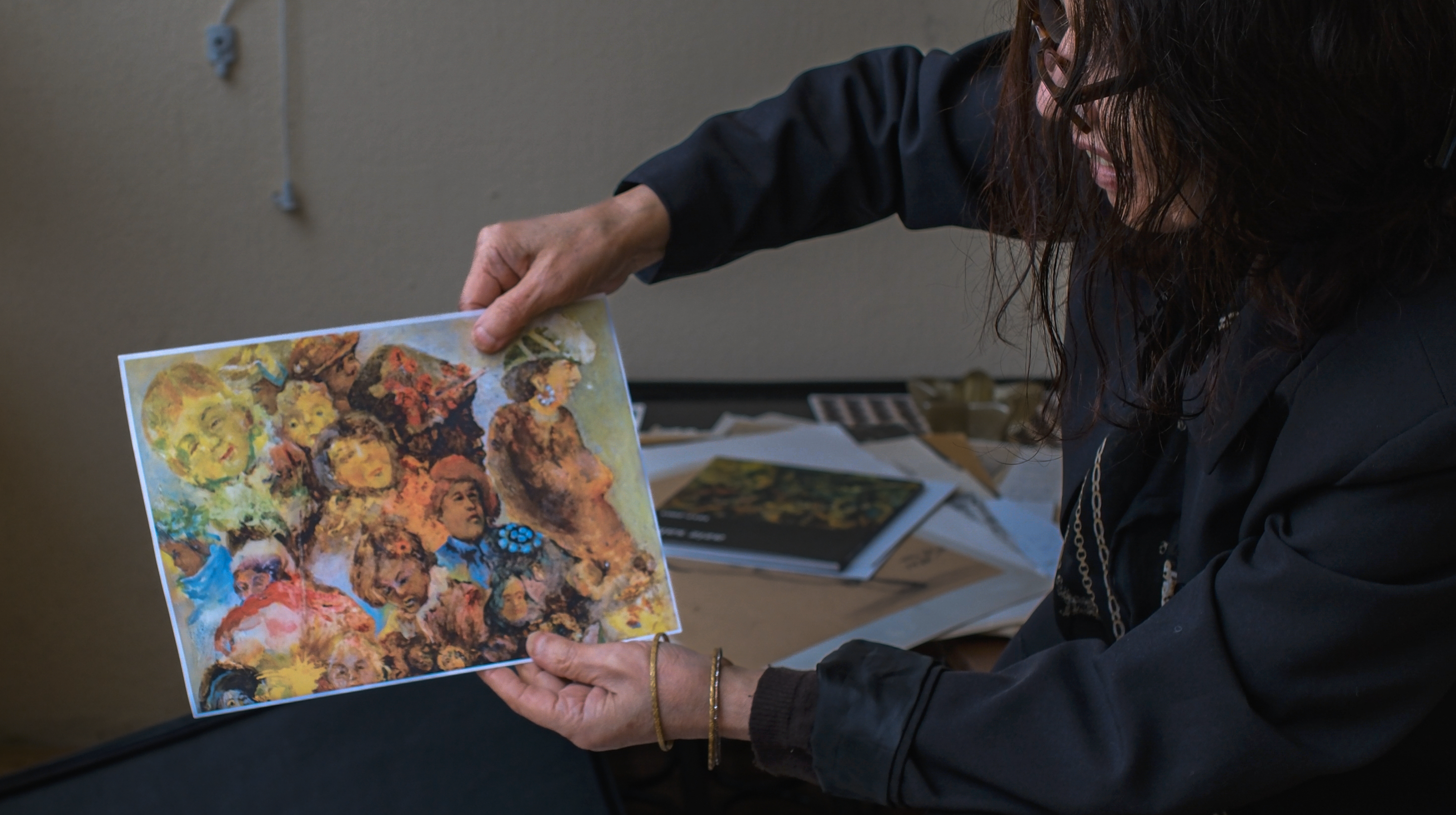
The birth of a rebellious artist
Aziz Salim’s journey began in 1917 in the village of Waisi, in what is now Sulaymaniyah Governorate of the Kurdistan Region of Iraq (KRI). His artistic inclination was clear from the age of six, when he began sketching on the walls of the village with chalk. Supported by his father in a time when art education in Kurdistan was rudimentary, Aziz attempted to hold his maiden exhibition in Sulaymaniyah at the age of 16, only to face obstruction. Undeterred by adversity, he staged an impromptu showcase in the Sheikh Jaafar Cemetery and met with resistance from local clerics, who branded him a “devil man.” Despite this setback, his persistence prevailed, leading to an unimpeded exhibition at the Ibn Khaldun School in Erbil in 1936 – an inaugural milestone in Erbil’s artistic history.
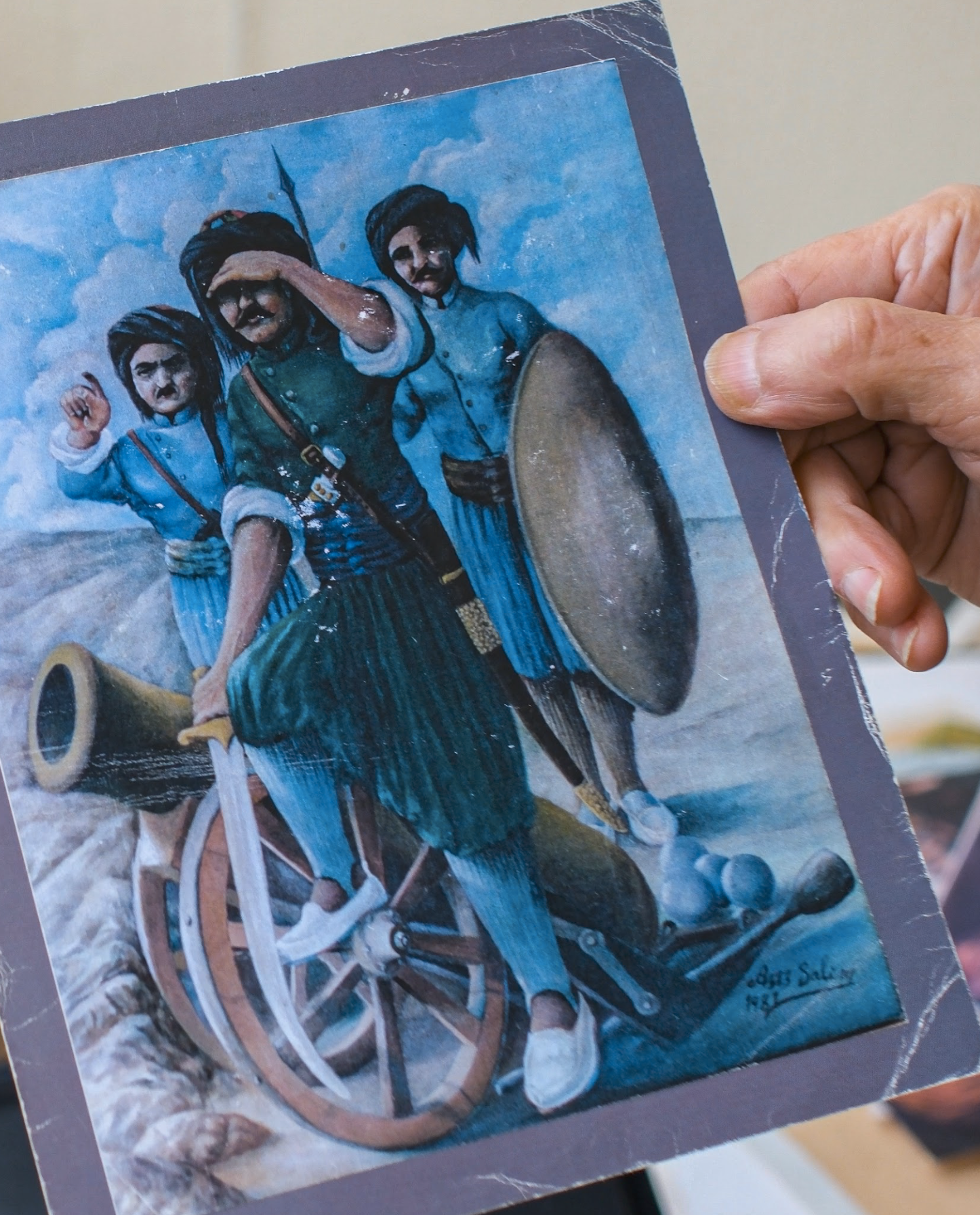
Embracing globalization
Aziz’s cosmopolitan inclinations, spurred by his Azerbaijani mother from Tabriz, influenced his relocation to Azerbaijan, marking his first steps toward painting a global canvas. In 1943, his exhibition at Baku’s Krafis Gallery was a testament to this cosmopolitan spirit. Aziz reportedly saw his Kurdish and Azerbaijani roots as one and the same, establishing a deep-rooted connection between the two cultures.
Subsequent travels through Iran, Turkey, and Syria cemented his ties with artists from these regions.

Insights from his wife
Pawan Ali Abdulqadir, born in 1951 in Shaqlawa, became Aziz Salim’s wife in 1981.
Pawan, sharing anecdotes about the artist’s life, revealed a deep emotional connection to Aziz’s paintings and manuscripts. Reflecting on their life together, she unveiled Aziz’s unwavering commitment to creativity until his final days, with the aging artist painting relentlessly amid the aroma of cigarettes.
Aziz Salim relocated to Finland in 1995 at the age of 78, with his family following suit in 1997. He was diagnosed with a terminal illness in 2002. Determined to spend his final days in Erbil, he requested to return to his homeland on the recommendation of then-Kurdistan Regional Government (KRG) President Masoud Barzani. He entrusted his paintings to the KRG Ministry of Culture and Youth, envisioning a museum in his honor someday. Pawan now preserves 30 original paintings alongside palettes, sketches, and an unfinished masterpiece – a testament to Aziz’s enigmatic and imaginative persona.
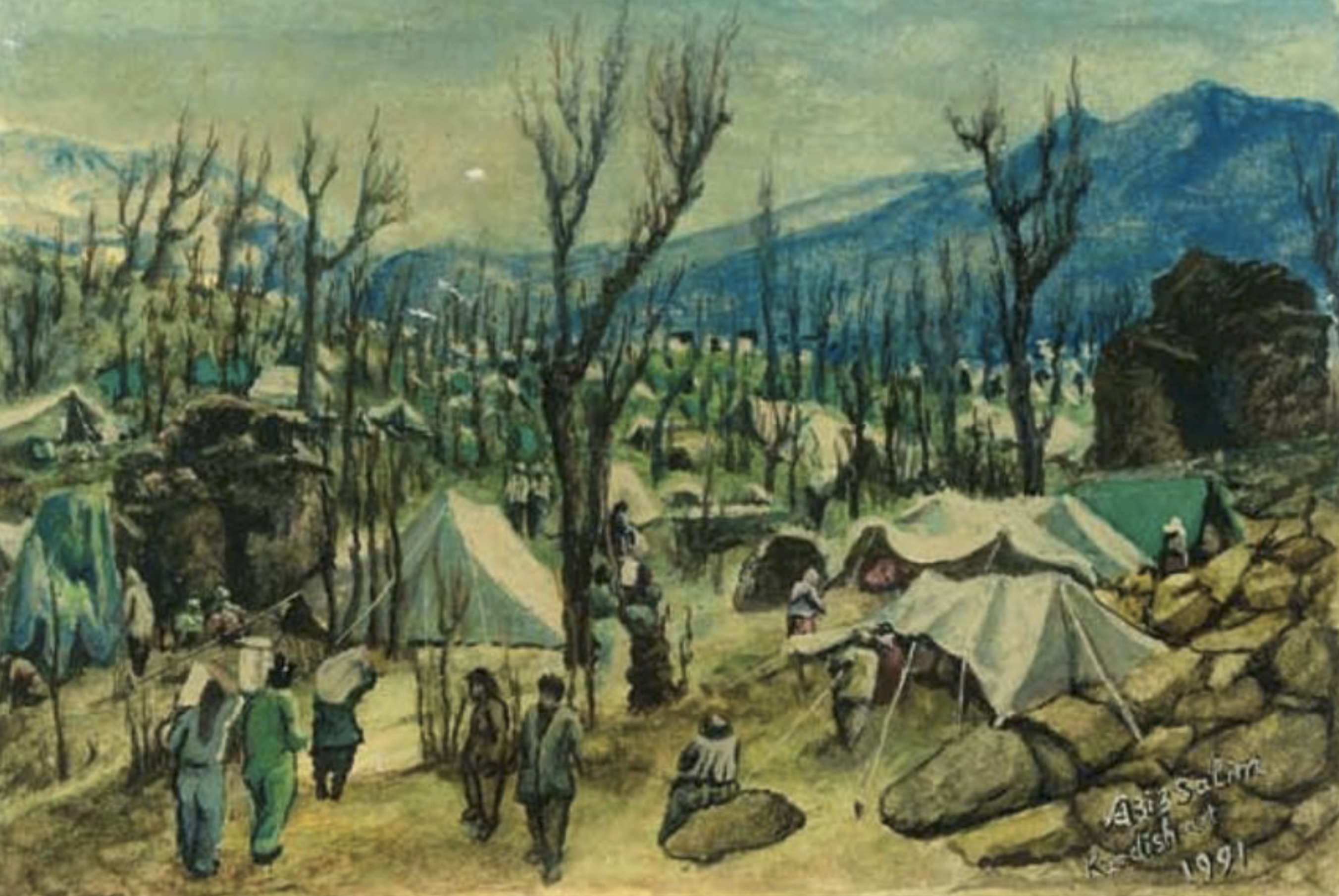
European encounters
Aziz’s European sojourn in 1949 saw a flurry of exhibitions in cities such as Paris, Amsterdam, and Frankfurt. His encounters included a brief conversation with Pablo Picasso in which he presented himself as an oriental artist. Reports suggest significant acquisitions by notable figures like Rene Mayer, then French Finance Minister, who reportedly gifted Aziz’s painting The Dead Speak to General Charles de Gaulle, although confirmation of this transaction remains elusive.
Various accounts highlight that Aziz’s artworks were archived in prestigious museums across Amsterdam, London, Washington, D.C., Rio de Janeiro, and beyond. His artistic oeuvre extended across 42 solo exhibitions and nearly 60 collaborative showcases, depicting an evolution from Western influences to a personalized fusion of styles.
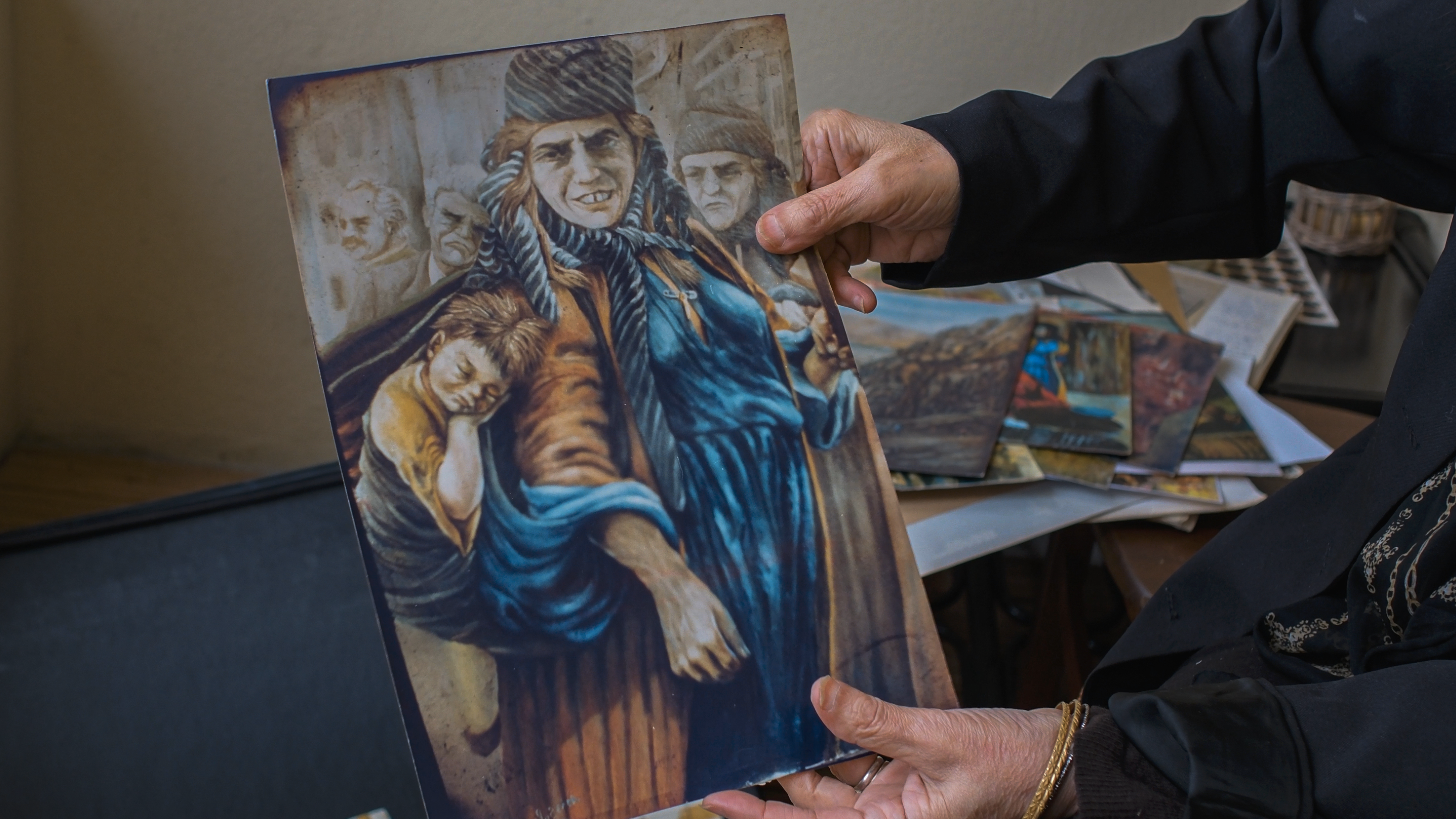
Artistic legacy and final strokes
Aziz Salim’s artistic evolution bore the imprints of cubism, surrealism, and a global style that transcended cultural boundaries. His canvases mirrored life’s myriad emotions, forming a vivid juxtaposition of joyous celebration and poignant fatigue, resonating with influences from international maestros like Gustav Klimt and Henri de Toulouse-Lautrec.
Remarkably, at the age of 80, Aziz embarked on a new chapter in Finland, staging exhibitions that captivated the Finnish artist Carl-Gustav Lilus. His final showcase in Pori, Finland, unveiled paintings teeming with life, indicative of Aziz’s enduring creative fervor.
Yet, mysteries loom over the fate of his missing artworks, which were stolen from exhibitions in Shaqlawa and disappeared in Pori, leaving an enigmatic void in Aziz Salim’s artistic legacy.
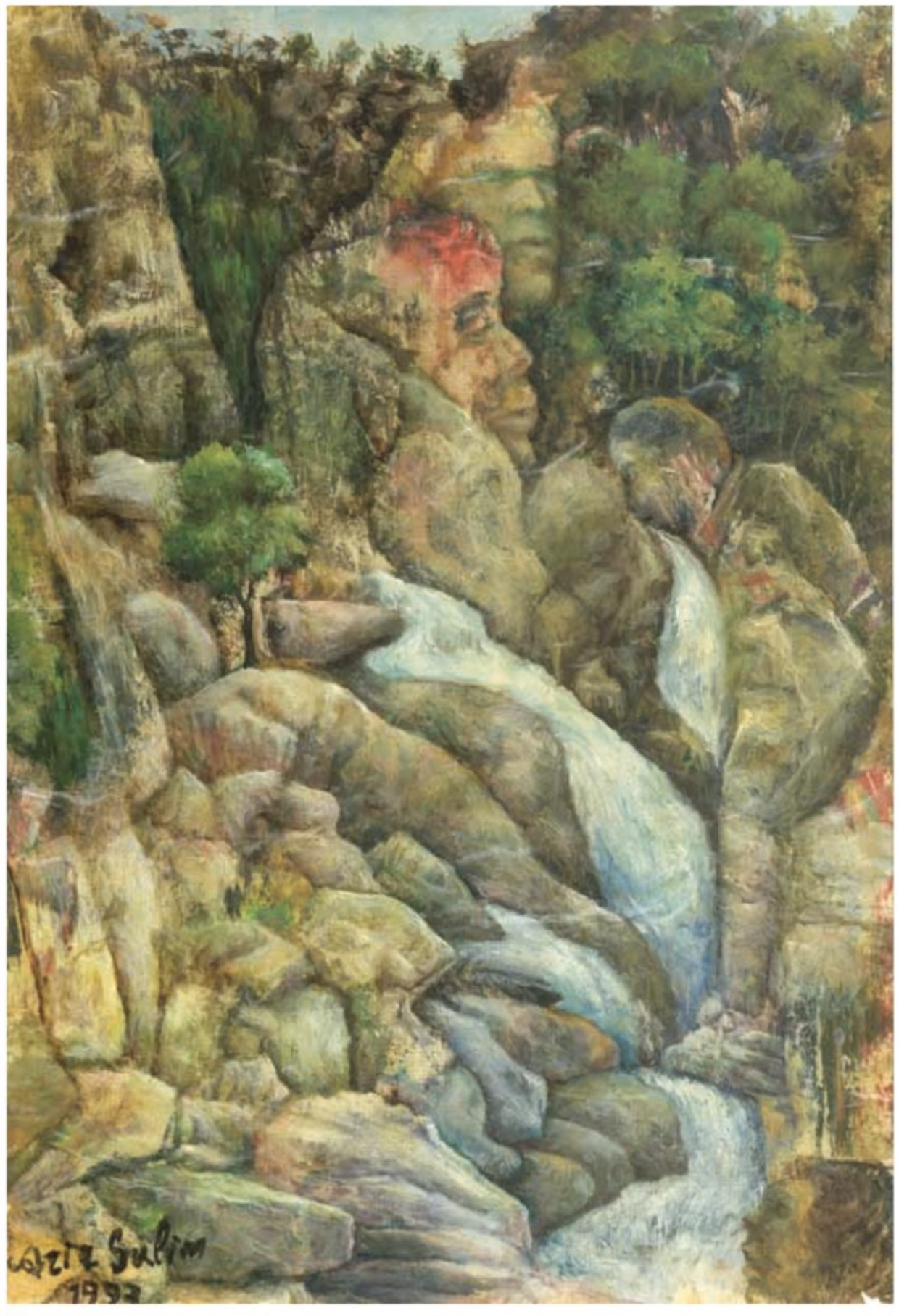
Riband Saadallah is a professional photographer and seasoned journalist. He is a member of the Union of Journalists in Finland.
